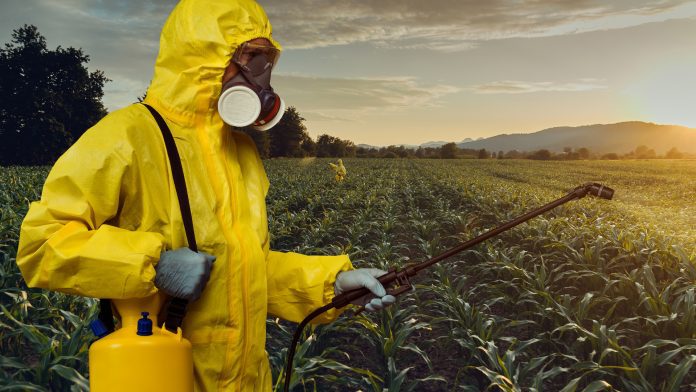
A study pioneered at the University of Oslo (UiO) suggests that the environmental pollutants we consume when eating food may increase the risk of developing type 1 diabetes.
Type 1 diabetes is an autoimmune disease in which insulin-producing beta cells in the pancreas are destroyed. This occurs because the body’s defence system wrongly identifies these beta cells as harmful alien cells that need killing.
However, what triggers the onset of type 1 diabetes is unclear, with scientists hypothesising whether the condition is hereditary or if dietary and environmental factors could be a cause. In Norway, around 400 children and adolescents are diagnosed with type 1 diabetes annually, with the number of cases nearly doubling over the last 50 years.
The University of Oslo research, which is published in the journal Environmental International, identified that even low concentrations of environmental pollutants, such as pesticides, herbicides, and fungicides, can cause cells to produce less insulin, meaning environmental pollutants are potentially the reason that some people develop type 1 diabetes.
An increase in environmental pollutants
In the study, the team identified a range of environmental pollutants, such as PCBs and pesticides, that were banned in the Stockholm Convention 20 years ago. These substances are found in food, plastics, paints, building materials, soil, and water and are only broken down to a small degree naturally.
Moreover, these environmental pollutants may have been trapped in ice and released when the ice melts due to global warming. Despite the implementation of the convention, some countries did not sign the agreement and continue to use these substances to stop insects from attacking crops.
Sophie E. Bresson, a PhD student at the Department of Molecular Medicine at the Institute of Basic Medical Sciences at the University of Oslo, commented: “We consume most environmental pollutants via the food we eat. Once these pollutants enter the body, there is, unfortunately, nothing we can do to eradicate them.”
Elevating type 1 diabetes risk
For their investigation, the UiO researchers collaborated with the University of Tromsø and multiple US research teams to analyse blood samples from American children and adolescents diagnosed with type 1 diabetes. The investigators then compared these results with a control group who did not have type 1 diabetes.
Bresson said: “We found that a larger proportion of those with type 1 diabetes had such pollutants in their blood. On average, they also had a higher concentration of several types of environmental pollutants.”
Next, the team administered the toxic substances to the beta cells of rats to see how they were affected.
“We found that the beta cells then produced much less insulin, even after only two days and with very low concentrations of environmental pollutants. When the beta cells were exposed to the pollutants for a longer period, they died. We, therefore, believe that environmental pollutants play a role in triggering the onset of type 1 diabetes”, explained Bresson.
How can you reduce your consumption of environmental pollutants?
The team explained that 90% of the environmental pollutants we eat come from fish, meat, and dairy products, with fatty fish such as herrings, mackerel, halibut, salmon, and trout containing more dioxins and dl-PCB than lean fish like coalfish, cod and haddock.
Professor Jason Matthews at the Department of Nutrition at the University of Oslo explained that changing your diet can be an effective way to mitigate consumption of pollutants.
He concluded: “Eating less meat can be a good place to start and choose lean fish. Ecologically cultivated foods will contain fewer trace elements of pesticides since they are not sprayed, but they will still absorb pollutants via water and the soil.”







